Study on the Types and Risk Assessment of Geological Hazards in a Certain Mountain Area
DOI: 10.23977/george.2023.010102 | Downloads: 32 | Views: 3198
Author(s)
Yurong Liu 1, Liang Suo 1, Cen Huang 1, Yujia Xie 1, Changjin Wen 1, Bingyu Zhang 1
Affiliation(s)
1 Sichuan Vocational and Technical College of Communications, Chengdu, China
Corresponding Author
Liang SuoABSTRACT
Among numerous natural disasters, earthquakes generally cause the greatest damage and have the widest impact, and secondary geological disasters caused by earthquakes can also pose a significant threat to people's lives and property safety. By collecting data and comparing and analyzing the changes in the degree and quantity of various types of geological disasters in the local area after a certain earthquake, the research results show that the areas with the highest probability and quantity of geological disasters are medium and high mountain areas, slightly followed by deep and medium hill areas, and the areas with flat dams and shallow hills that are basically free from geological disasters; Among various geological disasters, the increase in collapse and unstable slopes (landslides) is the largest, with small scale being the main increase in geological hazard hazards, accounting for 79% of the total. Large scale and medium-sized scale account for 0% and 21% respectively; Before and after the earthquake, there was a significant increase in the number of geological hazards such as collapses, landslides, unstable slopes, and collapses within the VIII degree area. The VII degree earthquake intensity area had a significant increase in the number of collapses, with an increase of nearly 69%. 15% to 30% were the increase in the number of geological hazards such as collapses, unstable slopes, and landslides before and after the earthquake. The VI degree earthquake intensity area had a relatively small increase in the number of collapses, with only 9%, before and after the earthquake, geological hazards such as collapse, unstable slopes, and landslides have not increased significantly.
KEYWORDS
Earthquake, secondary geological disasters, collapse, landslide, seismic intensity zoneCITE THIS PAPER
Yurong Liu, Liang Suo, Cen Huang, Yujia Xie, Changjin Wen, Bingyu Zhang, Study on the Types and Risk Assessment of Geological Hazards in a Certain Mountain Area. International Journal of Geological Resources and Geological Engineering (2023) Vol. 1: 9-15. DOI: http://dx.doi.org/10.23977/george.2023.010102.
REFERENCES
[1] Peng P., Zhou X. (2023). Earthquake relief actions and inspiration from the 6. 8 magnitude earthquake in Luding, Sichuan. China Emergency Rescue, (01): 18-23.
[2] Bai J. Y., Qi Q. J., Wang A. H. (2022). Earthquake Induced Secondary Disaster Risk Assessment Method for Coal Mines. Coal Mine Safety, 53 (08): 161-167.
[3] Qi Q. J., Liu W. G., Wang A. H. (2022). Construction of a hidden danger investigation system for secondary disasters in coal mines induced by earthquakes. Coal Science and Technology, 50 (01): 134-141.
[4] Wu H. C., Wang Y. S., Luo Y. H, et al. (2023). The mechanism of disaster formation in mountainous disaster abnormal areas caused by the Lushan Ms6. 1 earthquake. Journal of Chengdu University of Technology (Natural Science Edition), 50 (01): 111-121.
[5] Gao H. H., Pei X. G., Cui S. G., et al. (2019). Statistical analysis of the development, distribution, and evolution characteristics of geological disasters in the Wenchuan earthquake area. Journal of the Yangtze River Academy of Sciences, 36 (8): 73-80.
[6] Wang J. Y., Zhang C. H., Gao B., et al. (2013). Distribution law and development characteristics of geological disasters in Yushu earthquake area. Journal of Engineering Geology, 21 (4): 508-515.
| Downloads: | 61 |
|---|---|
| Visits: | 6216 |
Sponsors, Associates, and Links
-
Big Geospatial Data and Data Science

-
Solid Earth and Space Physics

-
Environment and Climate Protection
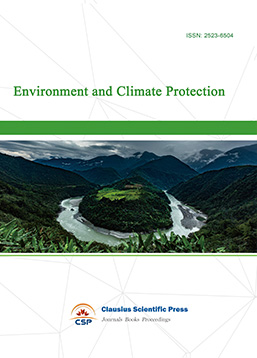
-
Journal of Cartography and Geographic Information Systems

-
Environment, Resource and Ecology Journal
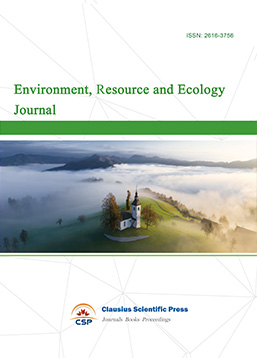
-
Offshore and Polar Engineering

-
Physical and Human Geography
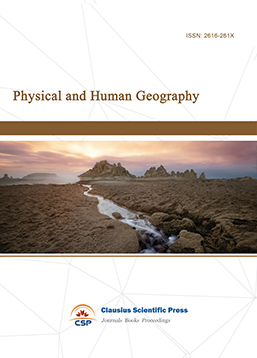
-
Journal of Atmospheric Physics and Atmospheric Environment
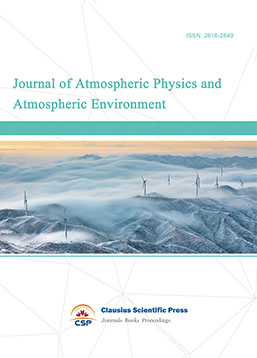
-
Trends in Meteorology

-
Journal of Coastal Engineering Research
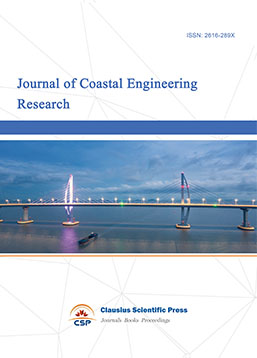
-
Focus on Plant Protection
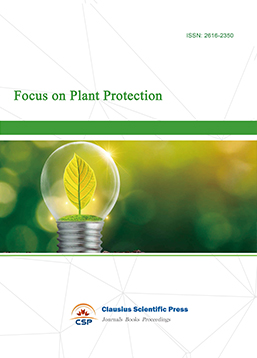
-
Toxicology and Health of Environment
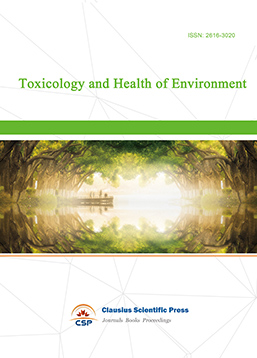
-
Geoscience and Remote Sensing
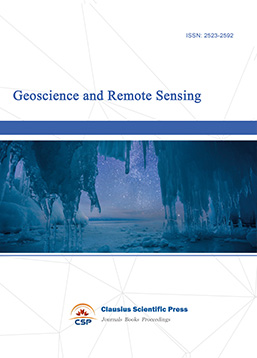
-
Advances in Physical Oceanography

-
Biology, Chemistry, and Geology in Marine
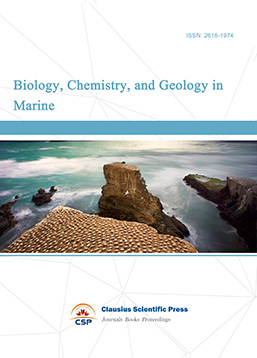
-
Water-Soil, Biological Environment and Energy

-
Geodesy and Geophysics

-
Journal of Structural and Quaternary Geology
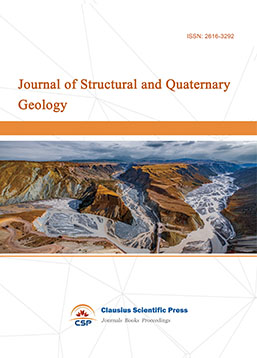
-
Journal of Sedimentary Geology

-
International Journal of Polar Social Research and Review


 Download as PDF
Download as PDF